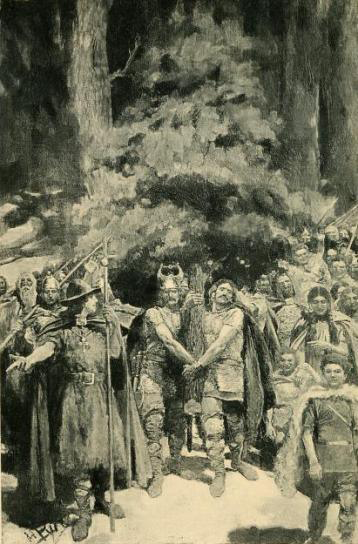
Continuing on from Tuesday’s look at Saturnalia, today we’re continuing our look at the Pagan origins of Christmas with Vikings! We are after all, a Viking city
Yule is a pagan festival which, much like Saturnalia, occurred about this time of year and if you read on you’ll not that quite a few of the traditions that our Norwegian founders observed seem to have made their way into our modern Christmas practices.
Vikings over the years have gained a reputation for being huge, terrifying, horned-helmet wearing warriors, with popular images of beserkers being evoked for most of us when we hear the word. However, the majority of them would have been just normal people that lived ordinary home lives in settlements just like Vadrarfjordr and just like most cultures, they had dates which were important to them – particularly the winter solstice.

As most of us know, the winter solstice is the shortest day of the year, the time when the night is at its longest and is traditionally celebrated on the 21st of December every year (this year will be no different, but the shortest day of 2019 is actually the 22nd, this Sunday!). This date has hugely symbolic significance for several cultures, especially here in the Ireland of antiquity. For many, it represents the death and rebirth of the sun and so is celebrated with a variety of festivals and rituals. As well as that, winter was a difficult time in history, when animals could not be supported in cold and harsh weather, so many were slaughtered and wine and beer were in plentiful supply to keep the cold out. All this fresh and rich food was then in plentiful supply and so feasting generally occurred, leading to a jovial atmosphere even in the wake of dark and dreary winter days.
Yule then, was set on the 21st of December every year in the Viking calendar and was celebrated across Viking and Germanic cultures. Vadrarfjordr, as we know, comes from the Norse meaning ‘Winter Port’ or a haven from the bad weather, so it is more than a little bit likely that Waterford was where all of these Vikings celebrated Yule! Today we celebrate Winterval, Ireland’s largest winter festival, so it seems we have always been something of a Christmas city!
It is the traditions though, which we are interested in, and let’s see how many of them are familiar to us. Firstly, we have the Yule log, the most famous holdover from this festival of old. The Yule log was a huge piece of oak burned to get the fire through the long night of the winter solstice and keep the bad things at bay. The 21st you see, when the night was longest, was when all the ghosts and spirits took leave to fly across the night skies, terrifying anyone who happened to be out late. This was called Oskoreia, or the dreaded Wild Hunt. The log would have been carved with protective and symbolic runes and kept burning until morning – though a small piece would have been kept afterwards to burn the following year.
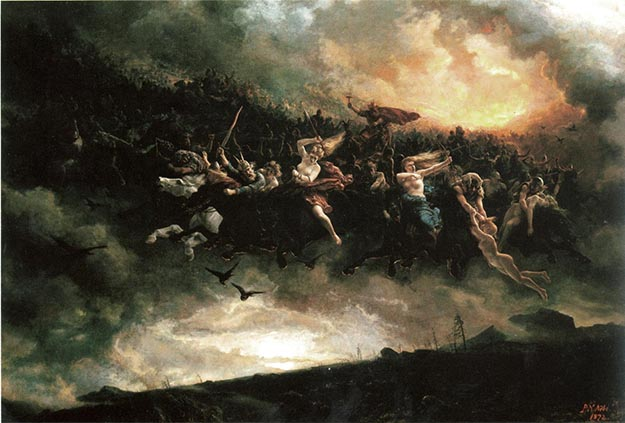
Next we have the Yule Tree (sound familiar?) a great evergreen tree decorated with ribbons and decorations which was kept indoors. The evergreen tree was a wonderful symbol for this time of year for the Vikings. In winter, most vegetation loses its leave or dies away to avoid the cold season, but evergreen trees, like fir or pine, remain green and full of life through even the coldest months. Through the Germanic descendants of the vikings this tradition has survived through to today, though the symbolism of a seed of life at the death of the old year and start of the new one has been somewhat lost over the years.
On Tuesday, we learned that the Romans decorated their homes with greenery, wreaths and sprigs of plants as a symbol of growth and prosperity, but the Vikings also had a wreath, a Yule wreath! The circular shape represented the cycle of the year, an endless cycle of time, as well as the sun itself, whose rebirth was being celebrated.
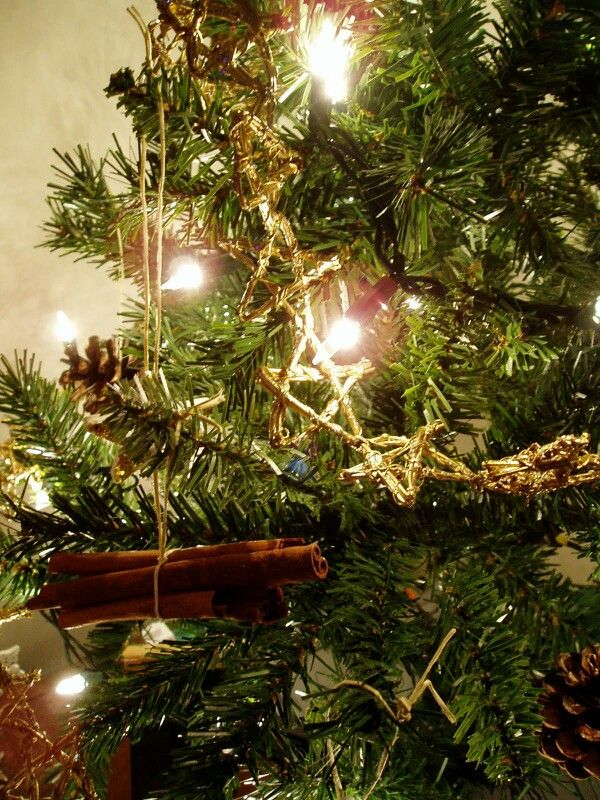
Are you familiar with Odin, the All-Father, God of Wisdom? He is usually depicted as an old man with a long white beard who spends most of his time hanging out in Scandanavia, somewhere near the North Pole… You can see where I’m going with this. Odin had a role to play in Yule, and it was an important one, one which has today been filled by our modern version of Santa Clause, taking one of his many names Jólnir, Master of Yule . On the eve of Yule, Children would go to bed and leave their boots at the foot of their bed, in the hope that Old Man Winter would leave them treats and small gifts. Odin would ride across the sky on his eight-legged horse, Sleipnir (not so very different from a certain red-nosed reindeer), and slip down chimneys to leave gifts for all the children who lay fast asleep.
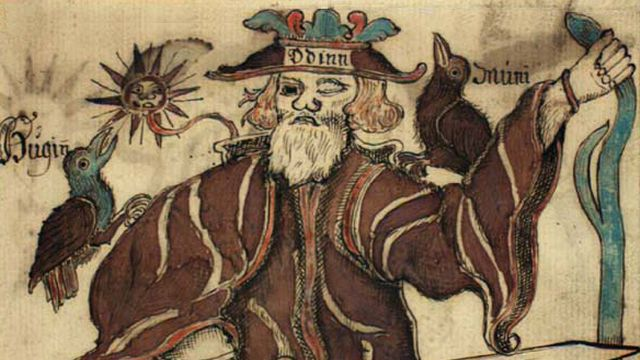
The final of the famous Yule traditions was the Yule Goat. This represented the goats who pulled Thor, God of thunder’s chariot across the sky – Tanngrisnir and Tanngnjóstr. While many people still display a Yule Goat in honour of the holiday, many of the practices around it have been lost to us, but it is thought by historians that young Viking men dressed themselves in goatskins and went from home to home, singing songs (much like carols) for rewards of sweets and drinks. On second thought, this one might be little more like Halloween…
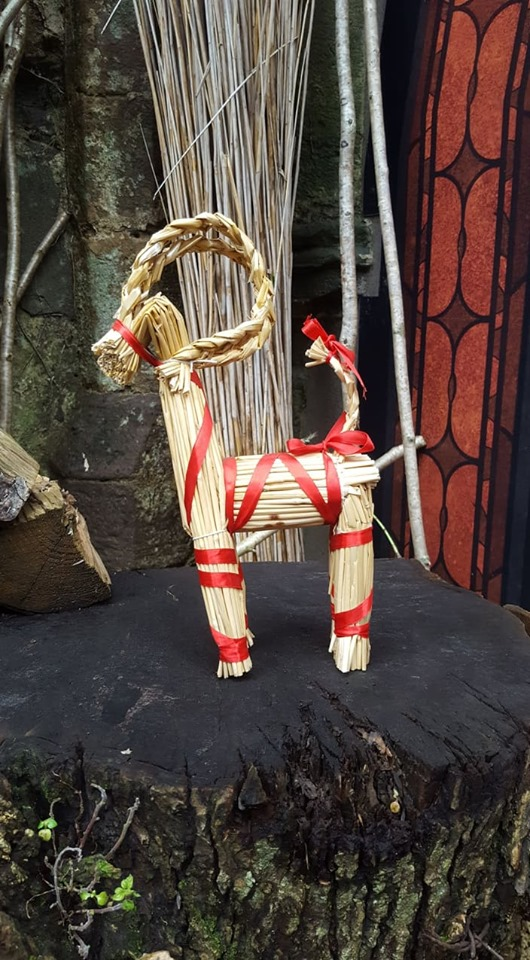
So, if Christmas isn’t your cup of tea and Saturnalia didn’t pique your interest, why not give Yule a go? You can use the same decorations, just get yourself a goatskin and do as our Viking ancestors did, let’s bring Yule back to the street of Vadrarfjordr for the first time in over 800 years!


